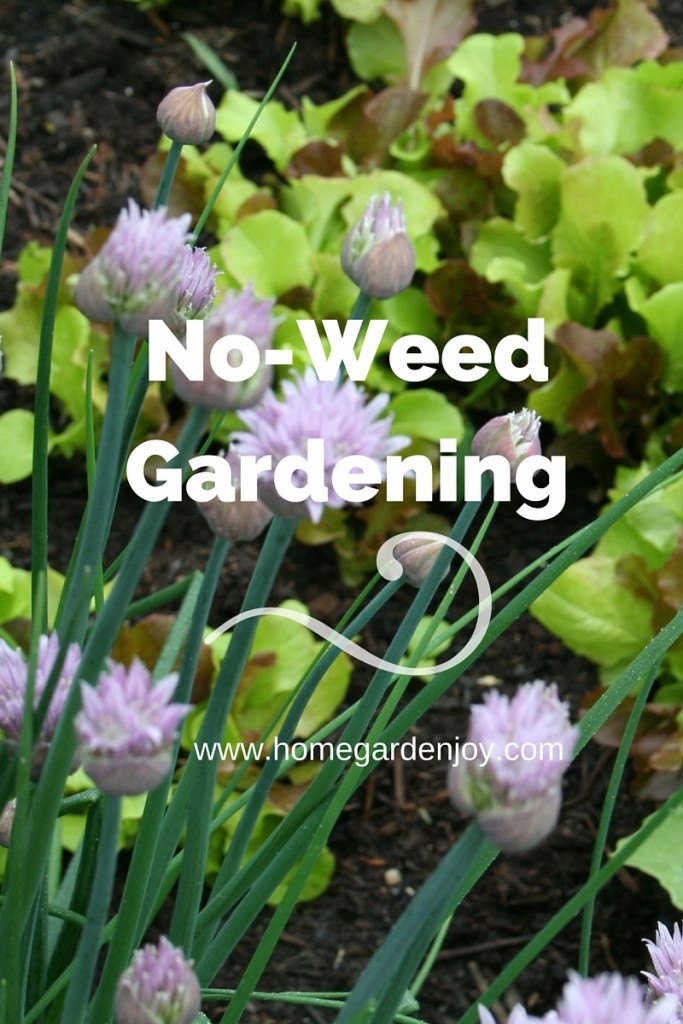Is there such a thing as a no-weed garden? No-weed vegetable gardens are the hallmark of a woman named Ruth Stout, who invented a gardening method that feeds the soil while reducing weeds.
When I was taking my Virginia Master Gardener course, I learned about a woman named Ruth Stout. Ruth was a character to be sure. She claimed to have known Carrie Nation in prohibition-era Kansas, to have smashed up saloons, and more. She espoused a system of gardening that relied on very thick layers of organic mulch to nourish the soil and prevent weeds.
No-Weed Gardening Using the Ruth Stout Method
- How to Start Your First Vegetable Garden
- A Beginner’s Guide to Growing Vegetables from Seeds
- Free Online Vegetable Garden Planning Tool








That’s one thing I hated about gardening. Weeding. Nice trick.
Liz A. from Laws of Gravity
I’ve seen that method used around here, though whether or not it’s being used as a weed suppressor or as a soil enricher I’m not sure.